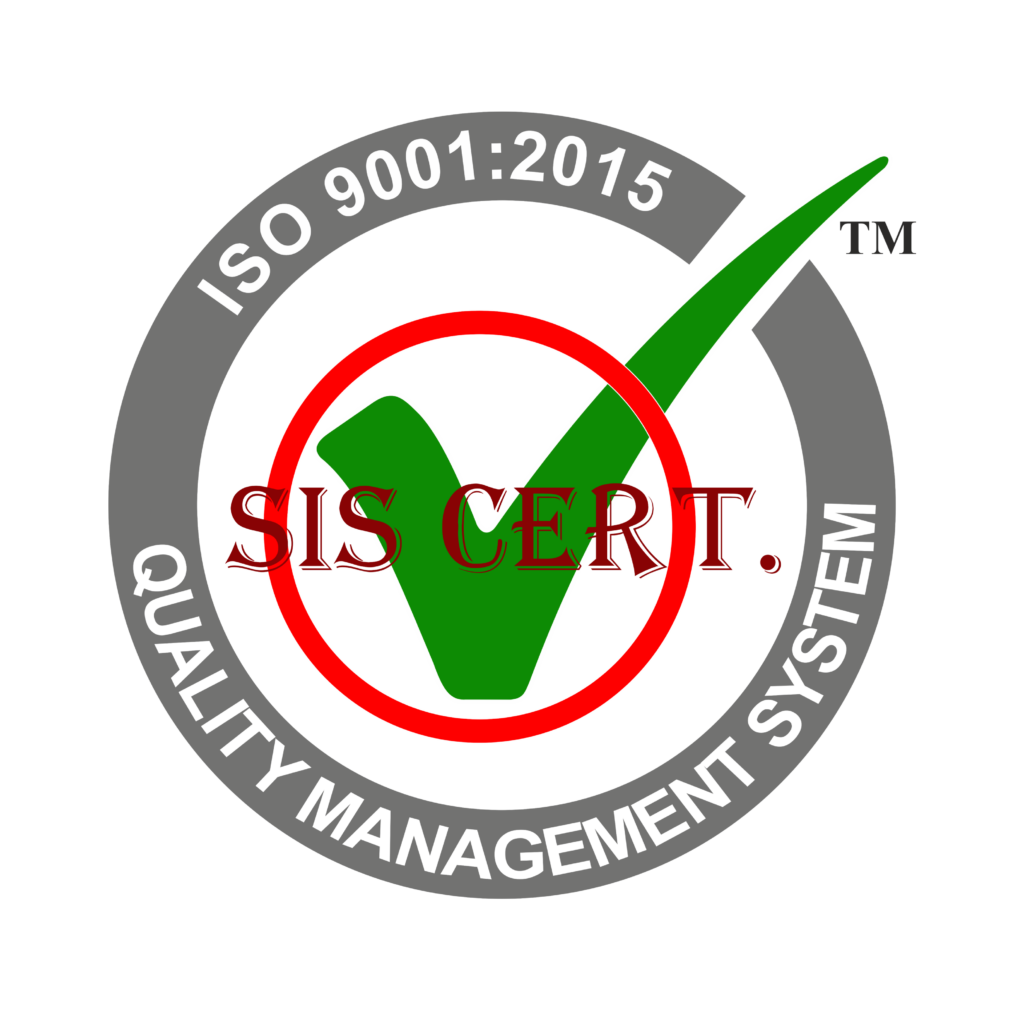Innovation in steel manufacturing technology is essential to the success of many industries. Steel production technology must keep pace with the ever-changing demands of the market.
This article will explore the current challenges in stainless steel production technology, and how to break these barriers in order to achieve greater production efficiency and cost savings.
We will look at ways to advance processes, optimize output, and take advantage of automation benefits and quality control.
Key Takeaways
- Automated welding technology improves productivity and reduces costs.
- Advanced metallurgy techniques allow for the production of complex components with greater accuracy and speed.
- Innovative machining techniques enhance the processing of stainless steel material.
- High-strength stainless steels and corrosion-resistant alloys meet industry demands.
Advancing Processes
Recent advances in stainless steel production technology have enabled significant improvements in the processing of this material. Companies have been able to increase productivity and reduce costs by using new technologies such as automated welding, advanced metallurgy, and innovative machining techniques.
These technologies have also allowed for the production of more complex and intricate components with greater accuracy and speed. Additionally, new materials such as high-strength stainless steels and corrosion-resistant alloys have been developed to meet the increasingly stringent demands of the industry.
Optimizing Output
How can stainless steel production technology be optimized to maximize output?
With advances in technology, it is now possible to increase efficiency in steel production. Automation and robotics are being used to streamline processes, enabling faster and more accurate production.
Additionally, advanced analytics systems can help identify areas of inefficiency and underperformance, allowing for improved output.
To further optimize production, engineers are utilizing predictive algorithms and advanced AI systems to optimize production cycles, reduce costs, and improve accuracy.
Automation Benefits
Although automation has become an important part of steel production technology, its benefits can often be difficult to quantify. This is especially true when it comes to stainless steel production. Automation can streamline processes, reduce costs, and increase efficiency, yet the implementation of such technology is not a simple task.
Companies that invest in automation need to be sure that the technology they choose will maximize their return on investment. Automation can also reduce dependence on manual labor, resulting in fewer labor costs and improved safety. Additionally, automation can help ensure consistent quality control standards, reducing the risk of costly errors.
Companies that are willing to take the risk and invest in automation can reap the rewards of increased production and improved efficiency. Automation can be a powerful tool for those willing to take the plunge.
Quality Control
Building on the automation benefits discussed previously, quality control is a vital component of successful stainless steel production technology. Quality control ensures that all of the steel produced meets the highest standards in terms of precision, consistency, and safety. It is also essential for meeting customer specifications and reducing the risk of wastage.
Through rigorous testing and analysis, quality control teams are able to quickly identify and address any issues that arise. Additionally, quality control can be used to identify opportunities for improvement and ensure that the steel produced is of the highest quality, with minimal defects.
Quality control is an important part of ensuring that stainless steel production technology is efficient and cost-effective.
Cost Savings
Furthermore, leveraging the right stainless steel production technology can lead to significant cost savings. Adopting cutting-edge solutions in the stainless steel manufacturing process can help create cost efficiencies, reduce waste, and improve overall cost effectiveness. By optimizing the process, manufacturers can boost their profit margins while maintaining a high level of quality control.
Automated process control systems can also help to reduce human errors, resulting in fewer rejects and fewer production delays. By investing in the right technology, steel manufacturers can take advantage of the cost savings associated with improved efficiency and improved production quality.
Additionally, the use of advanced materials can help to reduce costs and production times, resulting in greater cost savings and increased competitiveness in the market.
Frequently Asked Questions
What Specific Challenges Are Associated With Stainless Steel Production Technology?
Stainless steel production technology presents many challenges, such as controlling the composition for desired properties, optimizing heat treatment, and maintaining high levels of quality. Innovative solutions are needed to overcome these obstacles.
How Can Existing Processes Be Improved?
Existing processes in stainless steel production technology can be improved through the use of innovative techniques and cutting-edge technologies. By leveraging these advances, producers can achieve greater efficiency and quality.
What Are the Most Cost-Effective Automation Solutions?
Automation solutions can provide an effective and cost-efficient way to increase productivity. Investing in modern technologies to automate processes can streamline production and reduce costs.
What Are the Best Practices for Quality Control in Stainless Steel Production?
To ensure quality in stainless steel production, best practices include implementing strict inspection protocols, using advanced analytics to monitor production processes, and investing in automation technology for improved accuracy.
How Has the Industry Been Impacted by Recent Advancements in Stainless Steel Production Technology?
Recent advancements in stainless steel production technology have revolutionized the industry, allowing for higher quality products, faster production times, and reduced costs. This has made stainless steel production more efficient and accessible than ever before.
Conclusion
Recent advancements in stainless steel production technology have provided a number of benefits. These benefits include increased output and automation, improved quality control, and cost savings. Manufacturers who understand the challenges and opportunities associated with this industry are better positioned to break down barriers and advance production processes. With a focus on research and development, this technology can continue to be developed and optimized to meet the demands of the industry.


